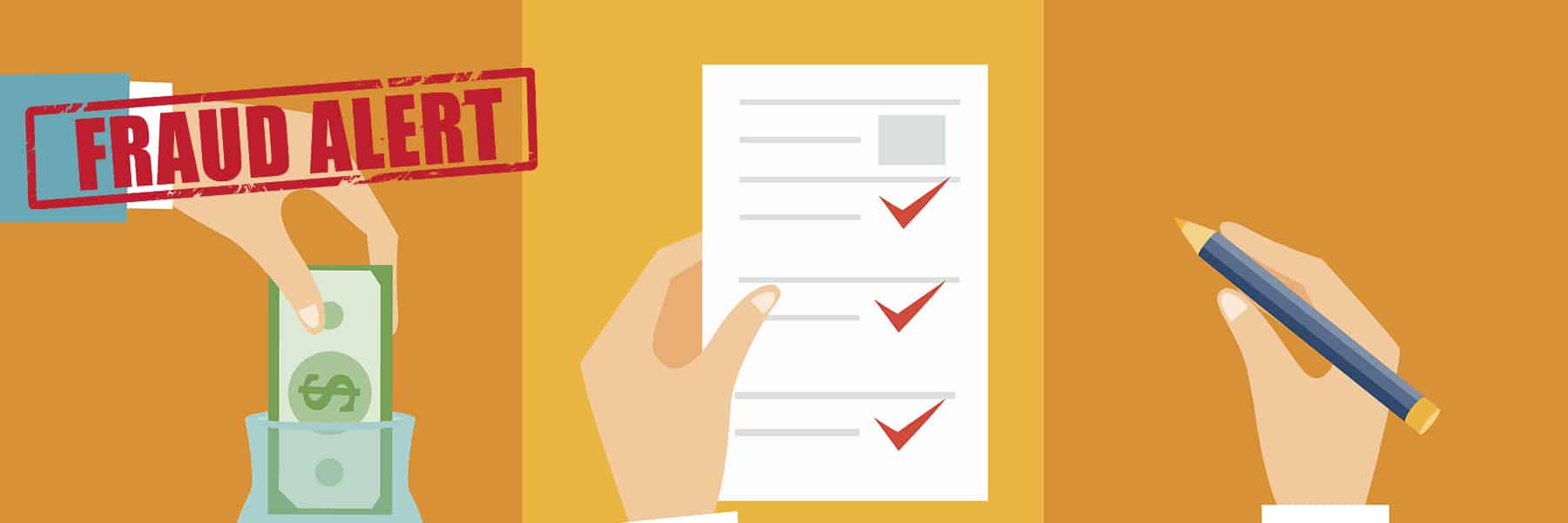
A fraud alert that we issued last year continues to pose a potential threat to Nova Scotia lawyers, who should remain vigilant. The following is an excerpt from a fraud warning posted to the AvoidAClaim website (provided through LAWPRO, a malpractice insurance carrier for Ontario lawyers):
“LAWPRO continues to see high levels of real estate fraud activity. Lawyers and real estate clerks should be on high alert for mortgage frauds.
In some instances, fraudsters appear to have used photo ID, issued by different authorities, or issued years apart, but where the documents used the same picture. In these cases, it’s clear that a fraudulent ID is being used.
Also, as of 2012, Citizenship and Immigration Canada retired the Citizenship Card and replaced it with the Citizenship Certificate. You can find examples from the Government of Canada of both Canadian citizenship certificates and citizenship cards here. If your client is using a citizenship card as ID, proceed with caution. Note that a re-laminated card is not valid as proof of citizenship, as it blurs the security features of the original and makes it difficult to detect fake cards.
Easy tips for verifying ID
- Is the person smiling? Smiling isn’t allowed in government ID.
- Compare the images on the different pieces of ID – They shouldn’t be the exact same image
- Verify the date on the IDs. Does the person look like they’ve aged if the ID was from some time ago? If two pieces of ID are many years apart but the image doesn’t reflect whether the person has aged, ask questions.
- Does the minister on the ID match who was in office at the time the ID was issued?
- Is the signature similar to your client’s?“
Review the NSBS Regulations made pursuant to the Legal Profession Act, S.N.S 2004, c.28, including 4.13: Client Identification.
Remember that you must always confirm a prospective client’s identification in accordance with the Anti-Money Laundering (Client ID) Regulations of the Nova Scotia Barristers’ Society.
In order to avoid fraud in real estate transactions, perform all searches as thoroughly as possible, be vigilant and take your time – and beware of any aggressive urgency on behalf of the other parties to complete the transaction. Be cautious with all cheques received, especially if they exceed an agreed upon amount. If you decide to proceed with a transaction, be sure to go to the bank website to verify the branch transit number, address and phone number on the cheque. Wait until the bank confirms that the funds are legitimate and are safe to withdraw from the deposit. You may also choose to use the Bank of Canada’s Lynx system, an electronic funds transfer system in which settlement occurs after the clearing of each individual payment, resulting in the transfer of funds in central bank money from one participant to another. Once settled, a payment is final and irrevocable.
For tips to avoid being victimized, and to report or seek advice on dealing with fraud and scam attempts, contact Cynthia Nield at [email protected] or 902 423 1300, x346.
